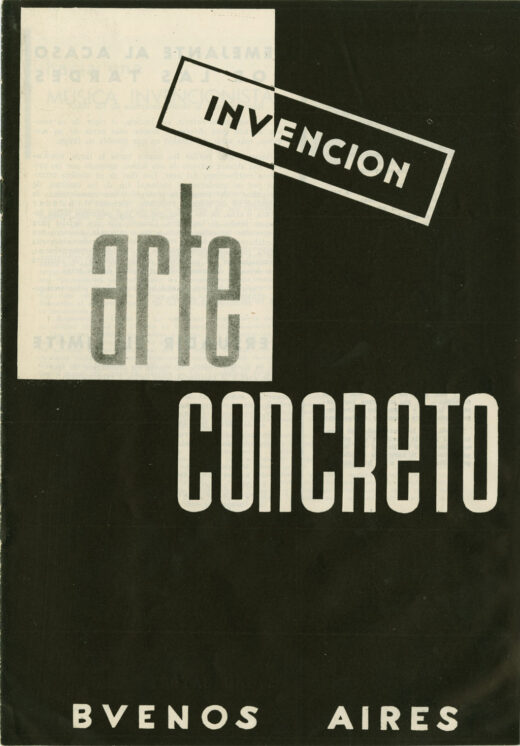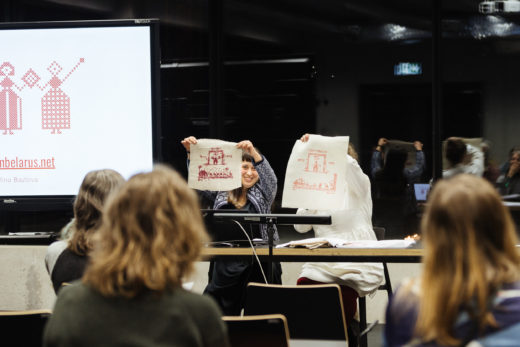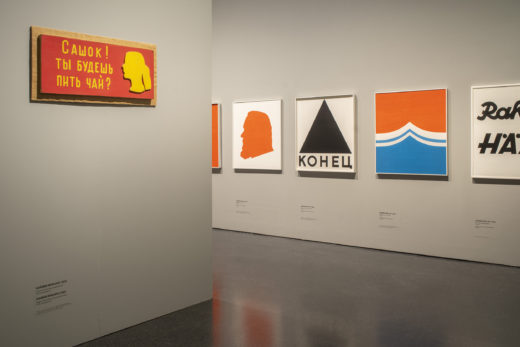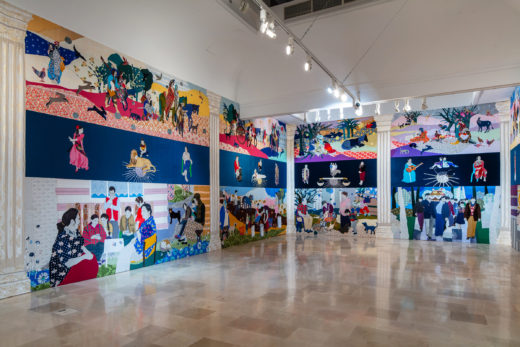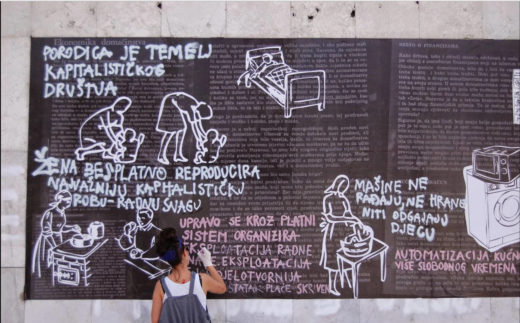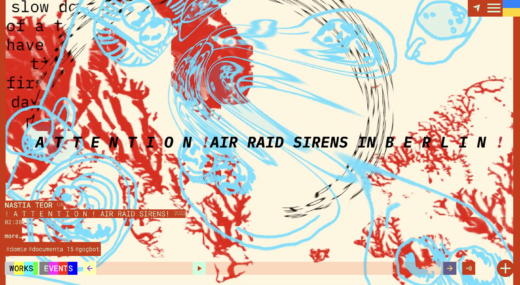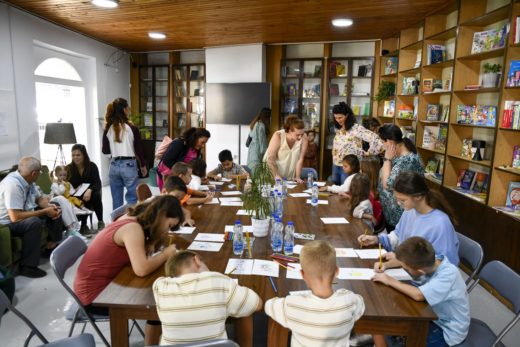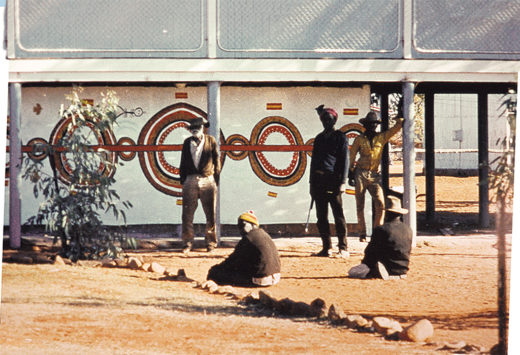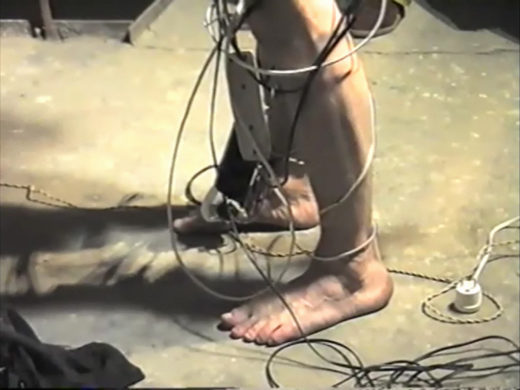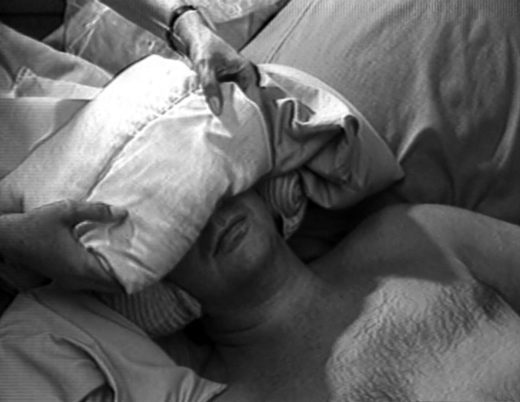Chronological Dyslexia: Remembering/Representing/Performing Aids
Exploring two major books on the visual and performance histories of the ongoing and historical AIDS crisis in the US and beyond—Brian Getnick’s edited volume Final Transmission and Avram Finkelstein’s firsthand account, After Silence—this review asks how we have come to contemplate and understand the intensities, losses, and absences of the AIDS catastrophe. Drawing on theories on death, dying, and the cultural expressions around them, the review puts pressure on the particular offerings of these two very different books, ultimately pulling out passionate moments of vulnerability and self-reflexivity in each book as the most effective and powerful ruminations on … Read more

